Game Changer Catapult's mission is to accelerate the creation of new businesses beyond the boundaries of companies and organizations. In the present age where the needs of consumers and the problems they are facing are difficult to grasp, how can we come up with products and services for which there is a demand?
Yuichi Inobori of INFOBAHN Inc., a company that has been specializing in service design and user experience (UX) design built around "user-centered ideas" for more than 20 years, and Masami Yokota, UX Director of Game Changer Catapult, talked about UX design, and more specifically, about "innovations that are truly indispensable to users."
In this age where inconveniences have all but disappeared, what do consumers want?
Inobori: Thirty years ago in Japan, I believe that some of these "inconveniences" still needed to be addressed. Back then, some people probably thought that cleaning or other manual tasks could be made easier or even automated. It's because of this "inconvenience" that problems could easily be identified. More convenient, user-friendly, foolproof, and safer products were developed in response.
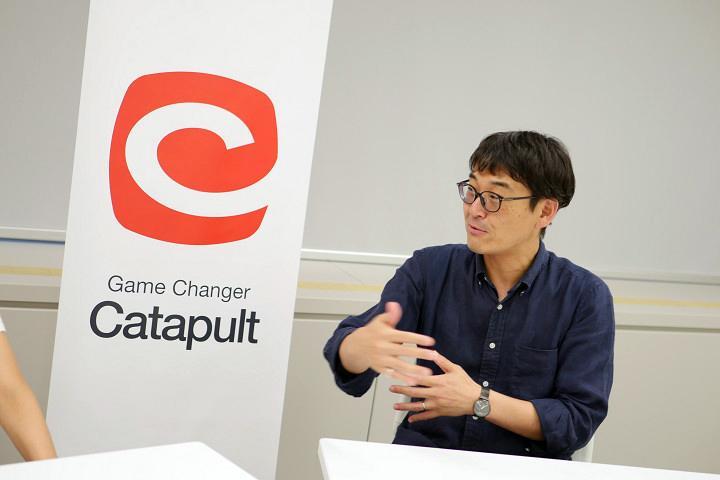 Yuichi Inobori, Director and Kyoto Branch General Manager, INFOBAHN Inc.
Yuichi Inobori, Director and Kyoto Branch General Manager, INFOBAHN Inc.
Yokota: When I was at the Panasonic Design Center, the DIGA Blu-ray/DVD recorder I was in charge of received the most complaints and inquiries from customers around 2009 and 2010. Customers were complaining that they couldn't use the recording function, didn't understand how to operate the dubbing function, weren't able to play discs, and other issues. There were many inquiries concerning operations with the remote control. I listened to consumers and solved each problem one after another. However, after a while, something didn't feel right, and I started asking myself what I should do next.
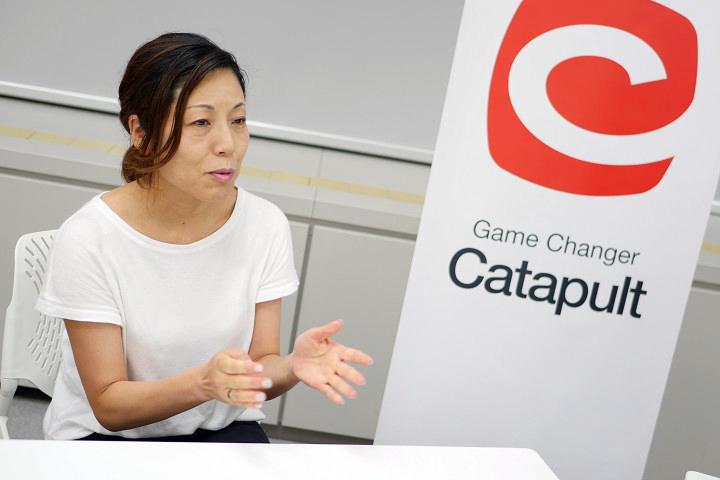 Masami Yokota, UX Director of Game Changer Catapult
Masami Yokota, UX Director of Game Changer Catapult
Inobori: Japanese companies have a good track record when it comes to listening and working hard to solve problems raised by consumers. As a result, products that cannot be used or that break down quickly have basically disappeared in today's Japan. On the other hand, companies now have fewer opportunities to hear directly about the needs of consumers and the problems they are facing.
Yokota: These days, since programs can easily be recorded, fewer and fewer people are actually watching live TV. Right around the time I was thinking about the next step for DIGA, I started hearing about user experience (UX) design. UX design involves designing a product or service while visualizing how the end user will use it. However, UX was unheard of at the time at Panasonic Design Center, and no one had a clear understanding of what it actually was. Over the years, we organized a number of UX design training sessions; however, this new approach still wasn't readily accepted.
Subsequently, I transferred to Game Changer Catapult and continued to hold UX training sessions as I thought it was necessary in order to create new businesses and change our corporate culture. Even at Game Changer Catapult, UX was regarded as important, but it was not plotted as something akin to a new process from the very beginning. It's only after meeting with several pioneers and mentors and listening to what they had to say that we were able to deepen our understanding and fully recognize that it was crucial to "see" people and that UX was a necessary step. From this fiscal year, we are inviting Mr. Inobori to give lectures on UX design as part of the Boot Camp program offered to winners in the business contest.
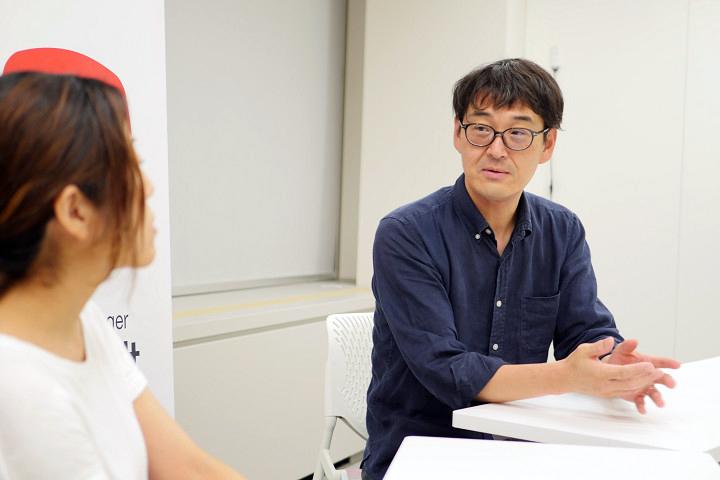
Inobori: The expression "UX design" has also become commonly used over the past 10 years or so in Japan. A paradigm shift from "product" to "experience" is occurring. From now on, more emphasis will be placed on the experience value, which will become materially rich. User-friendly and simple products will no longer be the norm. This can actually be witnessed in some recently commercialized products that are somewhat difficult to use but provide a fun experience to the user or others that are rewarding to the user as a result of the time and effort put into it. These products definitely have a certain value to offer.
Yokota: It's just that people no longer feel that products that are "just" convenient have much value to offer.
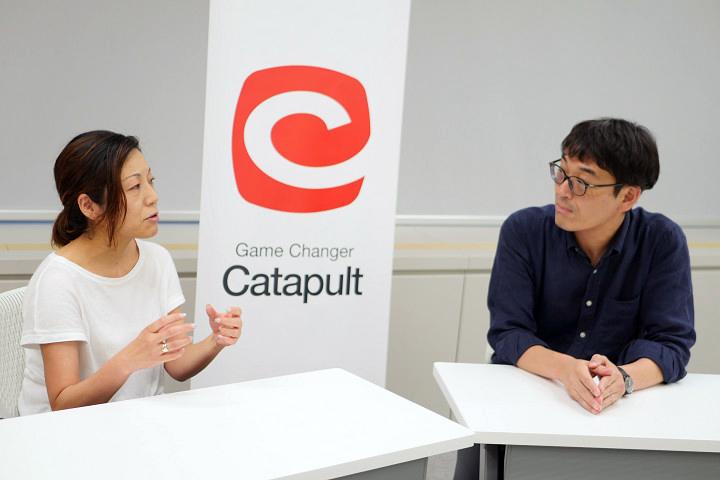
Inobori: In the past, companies were developing products either in response to customer needs or by capitalizing on their proprietary technologies, the so-called "need-driven" and "seed-driven" approaches. However, with the current state of technology in Japan and as long as product development is first and foremost based on resolving issues, the products commercialized by the different companies will have essentially similar functions and specifications. In the end, that makes it impossible for the users to be impressed with their experience. Under these circumstances, companies following such an approach cannot become game changers.
The market is no longer about needs or technologies. We have to become a team that is "vision-driven," which means that we have to follow a manufacturing model based on the development of fun and interesting products. Although I don't think of consumers in terms of needs or issues, I believe that it will be necessary for Panasonic to identify the experience it wants to provide, try really hard to find something interesting to bring to this experience, and provide a context for it. In addition to simply resolving issues, novel applications unthought of by users or functions that will lead to the creation of new lifestyle habits will be required of products and services from this point forward. Therefore, both value and context design will become of utmost importance.
The best processes can no longer be optimized.
Yokota: I'm not saying that there aren't any products that don't fully meet customer needs.
Inobori: That means that the correct user-centered design (UCD) procedure is not followed. When companies say, "We've always done it this way," it probably means that they don't want to change their existing processes and ways of doing things.
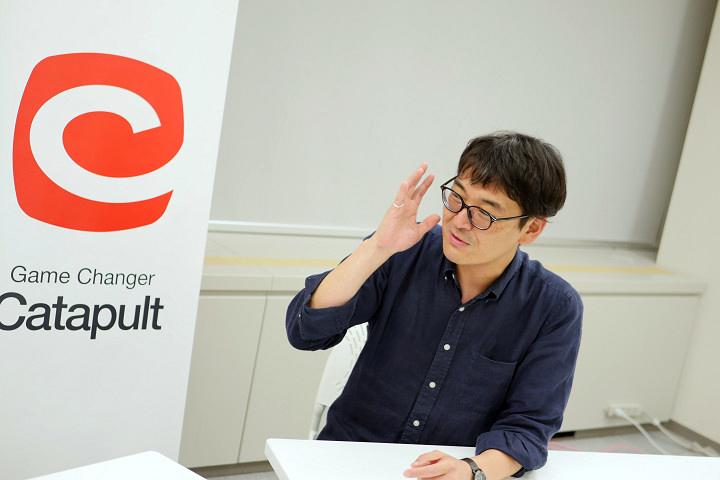
Yokota: In my opinion, UX design is actually diametrically opposed to this idea of optimization, with its process that involves surveying users and then creating and analyzing buyer personas, after which accuracy is improved by applying and repeating a procedure. However, until now, companies have been focusing on thoroughly optimizing their products. Because they've created rules, used the same tools, and succeeded in effectively optimizing their processes, they may not be willing to try out new procedures that can impact their finely tuned processes.
Of course, everyone knows that it is important to listen to users when developing products. However, the analysis of customer complaints or of the results obtained from traditional questionnaire surveys answered anonymously is nothing more than an attempt at listening to users. Even if companies aim to improve the analysis of such surveys or complaints, these efforts won't in any way lead to true innovation. Furthermore, despite the fact that companies already make a conscious effort to keep concepts such as "user surveys" in mind, they will often completely miss the point in UX, because they may not be able to notice that the contents are changing. That's why it is crucial to have the proper knowledge, provide opportunities to experience UX design the right way, and implement the necessary mechanisms. As part of UX training, I believe that we should have a greater number of opportunities to make mistakes.
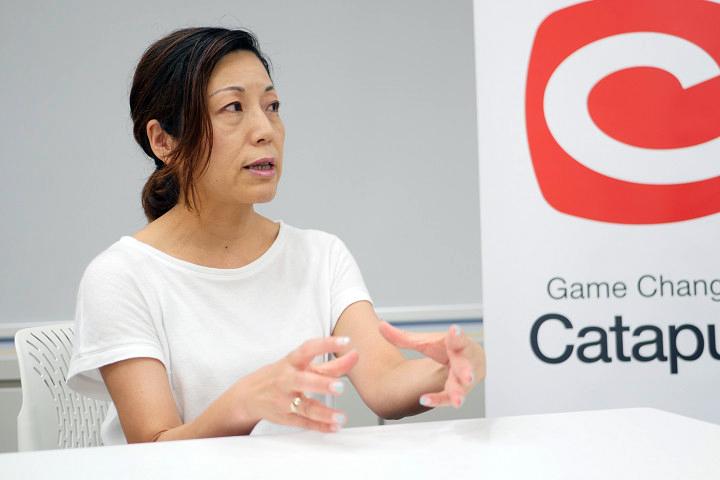
Inobori: I hope that, as a mission, Game Changer Catapult can develop products for Panasonic, explore issues, and become a genuine game changer in the process of creating and proposing new concepts to the market. There are processes that should not be changed under any circumstances, such as those involving safety and durability components, and processes that can be reexamined in a more creative manner. The latter can eventually be changed. In the frontlines, it's hard to reach a compromise between the two, which is exactly where Game Changer Catapult comes in.
Yokota: Although it may take some time, I definitely want to be able to incorporate UX design procedures in any new business that we will be tackling. If possible, even in our existing businesses, I'd like to increase the number of people who can understand UX design as a common language and apply it.
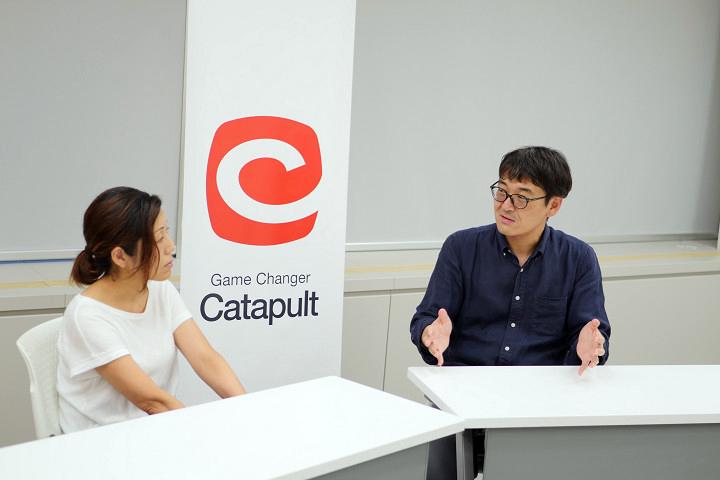
Inobori: I believe that when companies put UX design into practice, the challenge will be to narrow down the target market and make proposals that change consumers' past habits. However, there are no products out there liked by everyone. It's important to implement strategies such as defining where to start, how to achieve success, and what kind of market to build in the future. For instance, a company may want to start by targeting a certain niche market, and then aim at capturing a specific share of the market five or six years down the track.
How will consumer electronics change in the next ten years?
Inobori: Panasonic consumer electronics have greatly changed the lives and lifestyles of consumers over the past 50 years. We have already achieved a high level of convenience, and lifestyle problems are becoming harder to identify. It will be very interesting to see Panasonic's impact on society over the next 10 years.
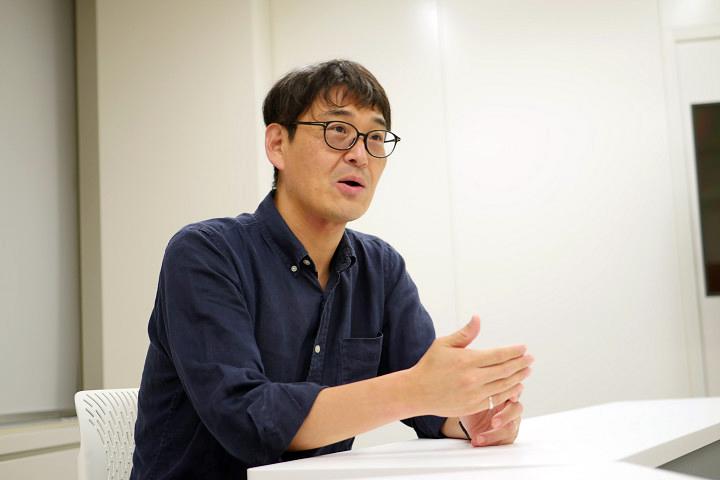
Yokota: I have been mainly in charge of home entertainment products such as televisions and audio equipment. We have explored a variety of next-generation TVs, such as models that can be attached to windows or ceilings, and remote controls that feature only five buttons. However, I'm afraid consumers may not feel that these products offer much value.
Inobori: That's because the objective isn't to simplify.
Yokota: As a possible trend in the black goods market, the AMP (Ambient Media Player) I proposed last year may take off. The AMP is more than just a device used to view or listen to contents as it can also be part of the interior design of a living room or office space, allowing the users to "feel" the contents as well. Instead of calling attention to itself, it's a device that blends harmoniously into a user's lifestyle. It's one of the new value-added products that we are proposing.
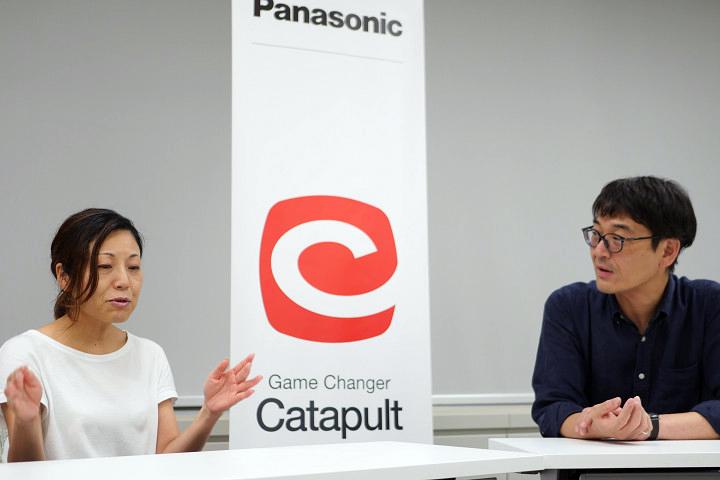
Inobori: Ordinary consumers don't go about living their daily lives for the purpose of developing products. They cannot explain or express what they want or how they want to change things. That's why it's up to us to explore the possibilities. In the past, there were no lights at night, so, naturally, no one went out at night. However, those who developed lighting systems enabled everyone to become aware of the great convenience of having lights at night. That's how people's perceptions and behaviors changed.
It is the companies' responsibility and privilege to create new value and contexts, convince people, and popularize new products and services. I also believe it is a satisfying task. In the past 20 years, the Internet has made it easier for consumers to obtain information. UX design will also certainly take a different shape in the future. I look forward to seeing how Panasonic will incorporate value and contexts that transcend convenience to its consumer electronics.
Special thanks to INFOBAHN Inc. https://www.infobahn.co.jp/
Yuichi Inobori
Managing Director and Kyoto Branch Manager, INFOBAHN DESIGN LAB (IDL), INFOBAHN Inc.
After serving as a marketing consultant and team building coach at a design consulting company, Inobori participated in the startup of a specialized department for research and experience design. By utilizing qualitative user insights with design research as the main approach, Inobori has been engaged in marketing communication design based on user-centered concepts for about 10 years, and has been in charge of many persona development projects. After joining INFOBAHN Inc., he set up a Kyoto branch office on June 1, 2011, as a strategic base in western Japan, and was appointed as its head. Currently, Inobori is leading an innovation creation project focused on providing support to client companies for UX design and service design.



